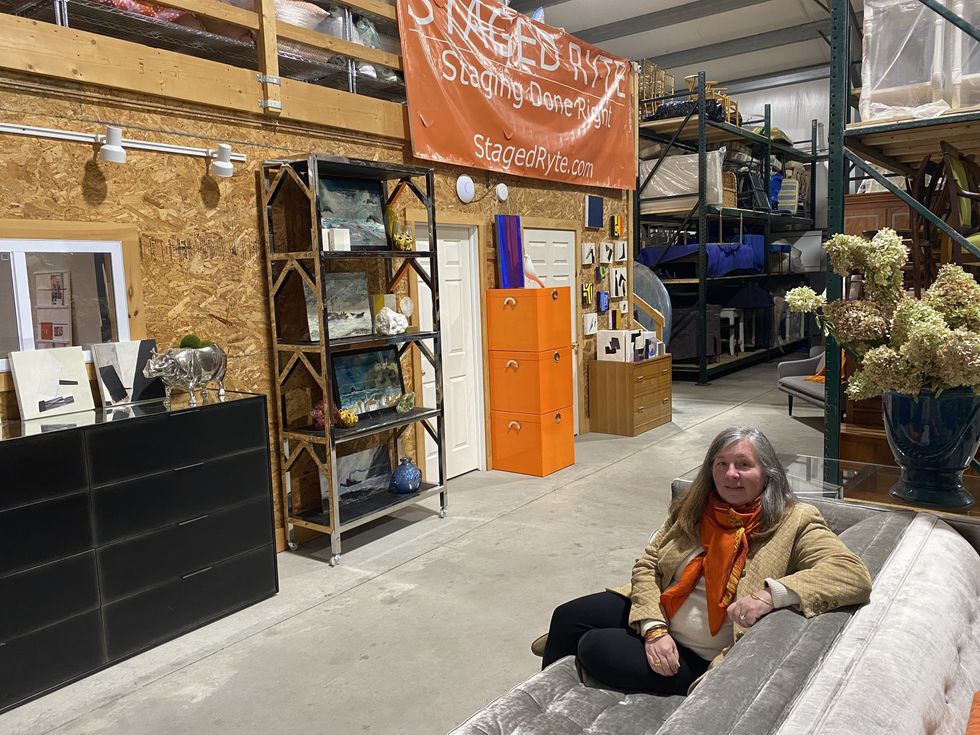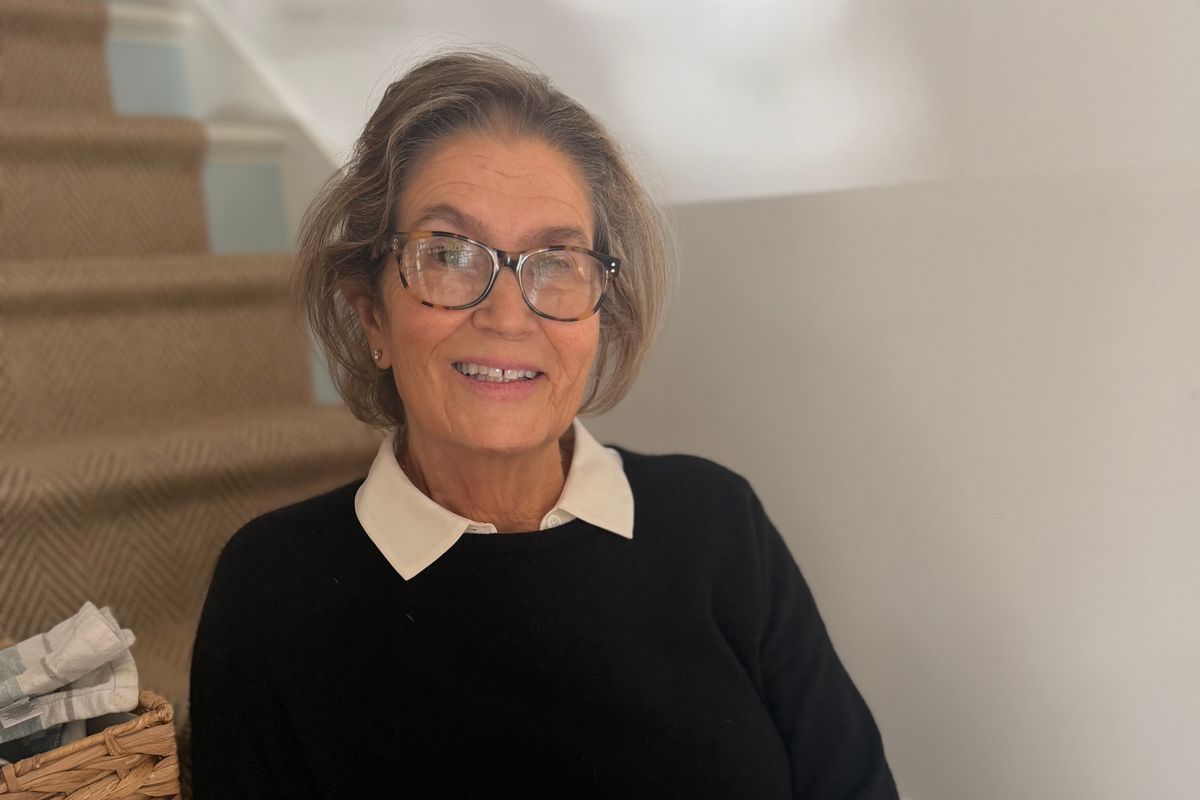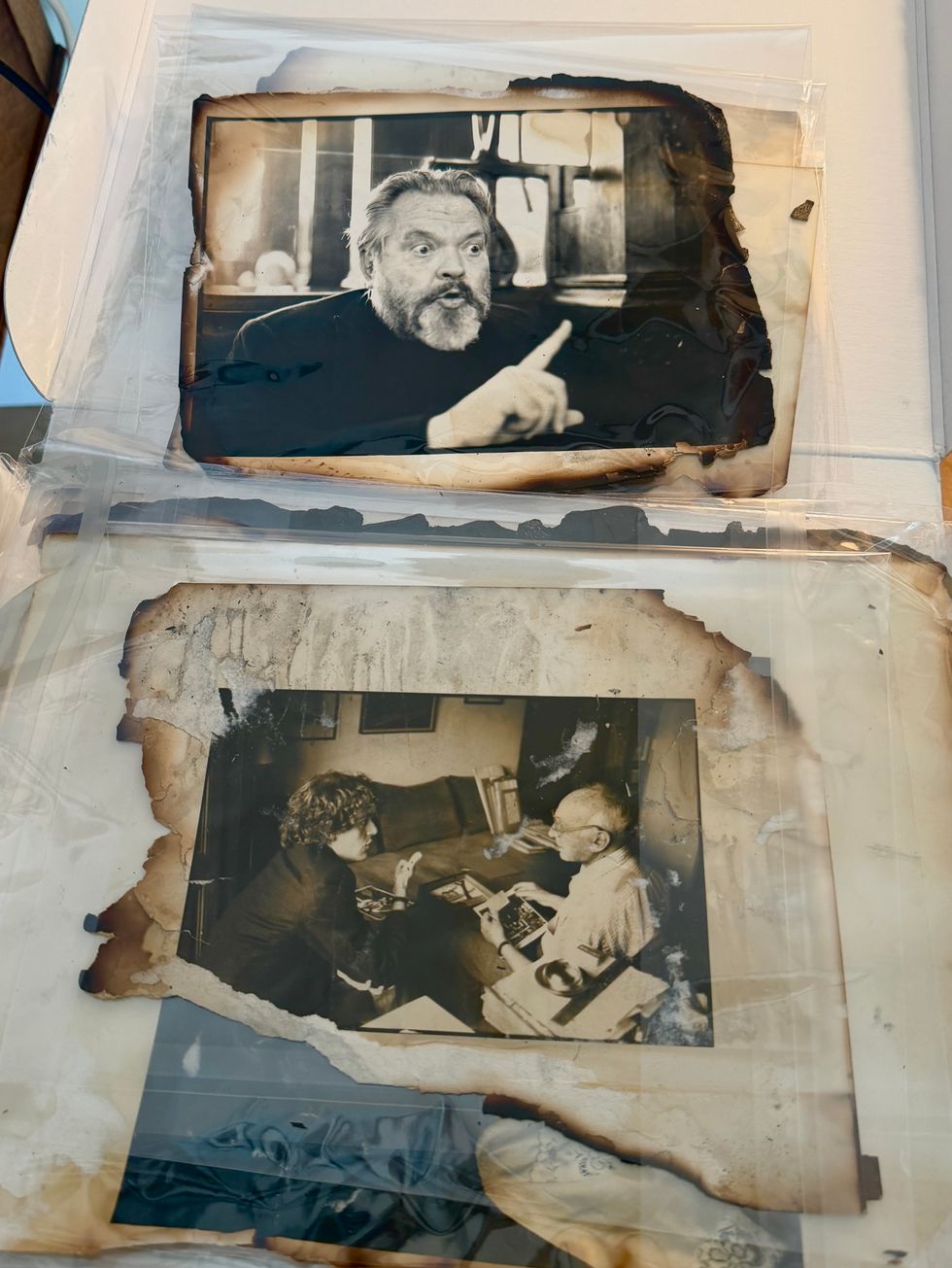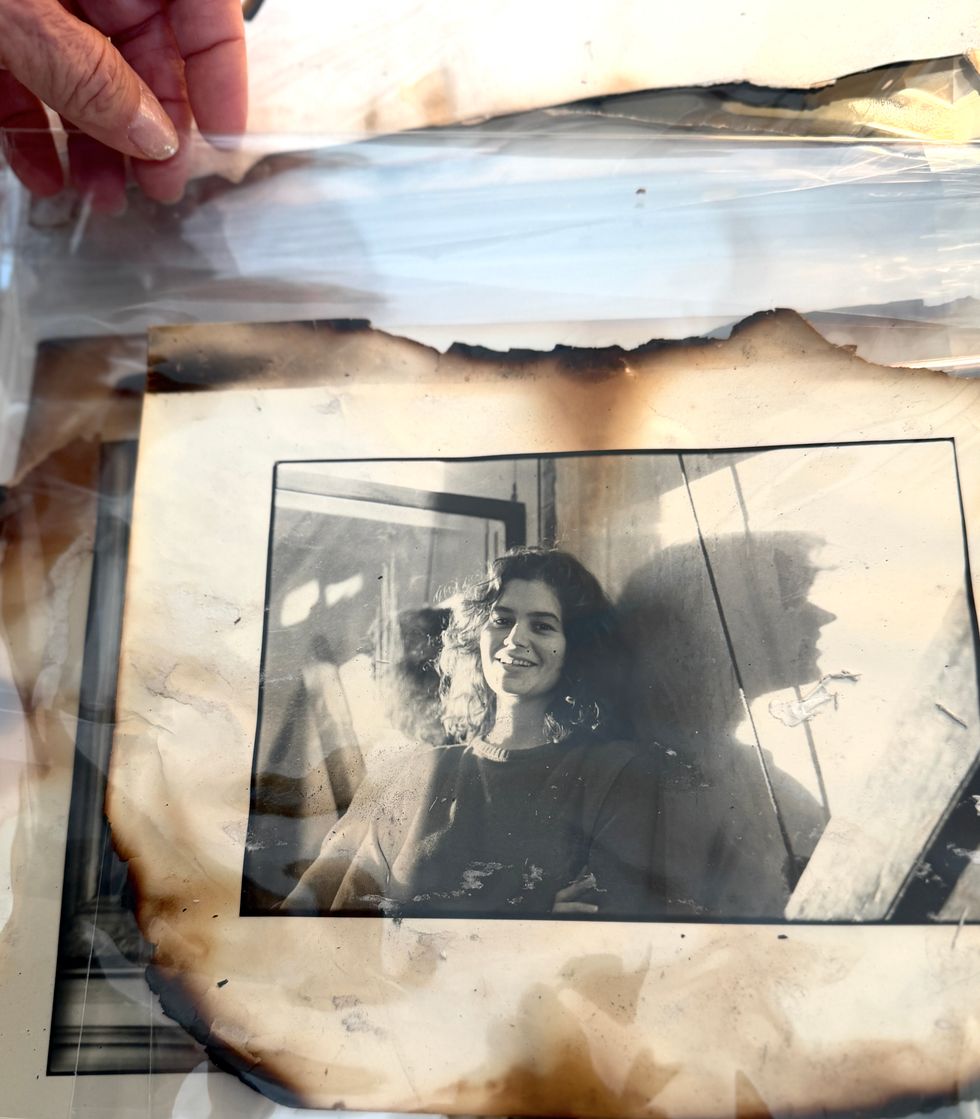Why It Helps To ‘Stage’ a House If You Want To Sell It

Dawn Trachtenberg invites clients to her 5,000-squre-foot home furnishings warehouse in Ashley Falls, Mass., to help find the right design elements to “stage” or design their home.
Photo by Cynthia Hochswender







 Cover of “Les Flashs d’Anne”Jennifer Almquist
Cover of “Les Flashs d’Anne”Jennifer Almquist Orson Welles, top, and Hervé Guibert and André Kertész by Anne DayJennifer Almquist
Orson Welles, top, and Hervé Guibert and André Kertész by Anne DayJennifer Almquist Self-portrait, New York City, 1981by Anne DayJennifer Almquist
Self-portrait, New York City, 1981by Anne DayJennifer Almquist





